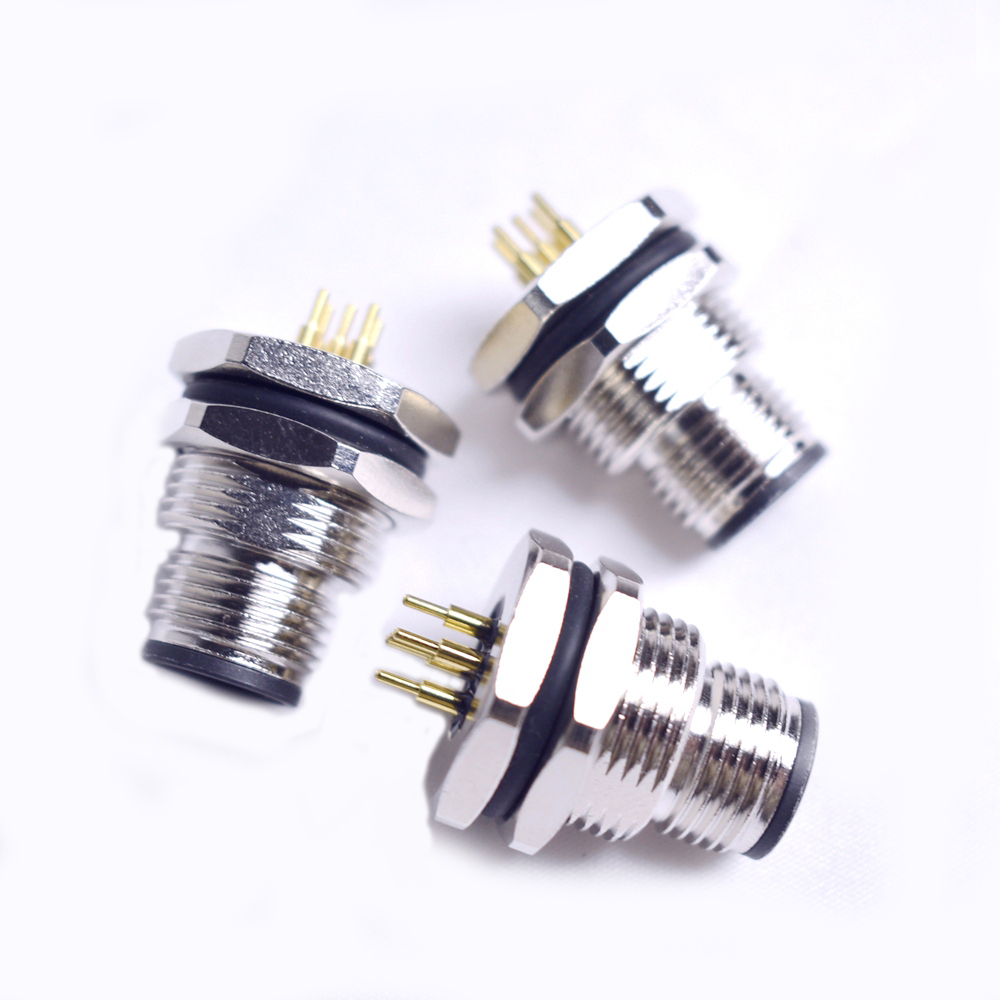How the op amp's gain-bandwidth product (GBW) affects your circuit is not always obvious. The macro model has a fixed gain bandwidth product. Although you can look into these models in depth, it's best not to fool them. So what can you do?
You can use the model of the general-purpose amplifier in SPICE to detect the sensitivity of your circuit to the gain-bandwidth product. Most SPICE-based circuit simulators include a simple op amp model so you can easily modify them. The simulation interface of TINA is shown in Figure 1.
First set the DC open loop gain to 1M (120dB). Then, the frequency of the main pole (in Hz) multiplied by it will give the amplifier's gain-bandwidth product (in MHz). In this example, the 10 Hz main pole corresponds to a gain bandwidth product of 10 MHz. For the three different gain-bandwidth products of 5MHz, 10MHz and 100MHz, Figure 2 shows the corresponding open-loop response.
Note that this simple model has a second pole (some people call it an unwelcome pole). Sometimes you want the second pole to be at a very high frequency, say 10GHz. For any reasonable gain bandwidth product, this will result in an ideal 90° phase margin. In this example, I set the second pole to 100MHz, which is equal to the maximum gain-bandwidth product I simulated. In the 100MHz gain-bandwidth product response, you can see the effect of the second pole, which will cause the open-loop response to begin to bend at 100MHz. It makes the unity gain bandwidth approximately 78MHz, similar to the case of an op amp with a gain bandwidth product of 78MHz. The unity gain bandwidth and gain bandwidth product of an op amp are not necessarily the same value.
For the design of the active filter, it is difficult to judge the requirement of the gain bandwidth product, which is a good example of how this technique can be applied. Figure 3 uses FilterPro to design the Chebyshev filter, which gives some recommendations for gain-bandwidth product values, but its design guidelines may be more stringent than some cases. For this design, it recommends a gain-bandwidth product of 100MHz or greater to achieve near-ideal filter design characteristics. As shown in Figure 2, I set three gain bandwidth products (5MHz, 10MHz, 100MHz) to simulate the design. From the results it can be concluded that a gain bandwidth product of less than 100 MHz is already satisfactory. For the final simulation, you should use the macro model of the op amp of your choice.
I used the parameter stepping function in TINA to change the main pole and change the gain bandwidth product. Other emulators have similar functions. Of course, you can also modify the parameters manually. Either way, changing the gain-bandwidth product of a general-purpose op amp will help you gain insight into the effects of the gain-bandwidth product on the circuit.
Connectors are one of the necessary raw materials in the production and processing of wire harnesses. There are many types of connectors in China, all models and good quality. Especially now, many Wire Harness manufacturers are slowly realizing the localization of connectors.
Wire harness connector products are used in automobiles, home appliances, instrumentation, office equipment, commercial machines, electronic parts leads. Electronic control boards are used in digital products, household appliances, and the automotive industry. With the increase of car functions, the general application of electronic control technology, more and more electrical parts, and more and more wires!
There are many types of connectors. Including automotive connectors, circular connectors, D-Sub connectors, fiber optic connectors, Ethernet connectors, power connectors, RF connectors, solar device connectors, USB connectors, etc. A large number of terminals, terminal connectors and terminal blocks are also in stock.
Kable-X has passed ISO9001 quality system certification, UL certification, ISO13485 medical quality system certification, ISO/TS16949 automotive quality system certification, etc.

Connector, Wire harness connector, Original manufacturer connector, Cable assembly with connector, Connector made in China
Kable-X Technology (Suzhou) Co., Ltd , https://www.kable-x-tech.com